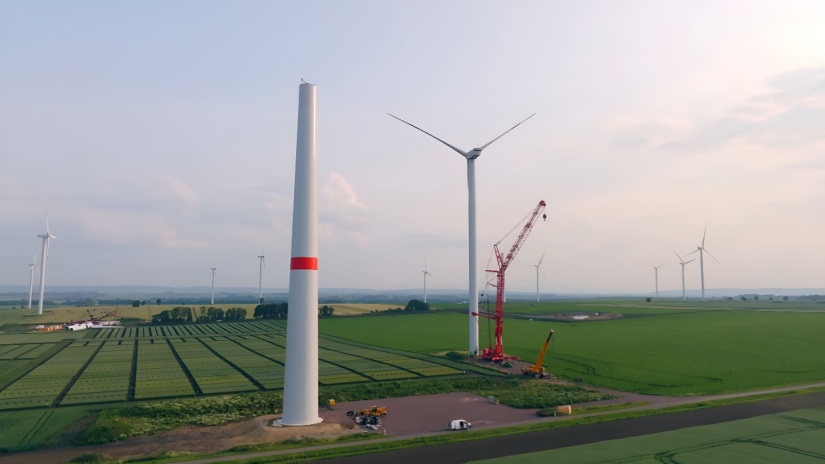Knowledge Centre
Why major wind projects are slowing down

Wind energy has been one of the pillars of Australia’s push toward renewables. Strong wind regimes in many regions, relatively mature technology, supportive policy frameworks (at least in theory), have all meant wind farms have played a big role in lowering emissions, boosting renewable capacity, and helping firm up electricity grids.
However, compared to solar, batteries, and some newer technologies, wind has been struggling of late to maintain its momentum.
Evidence of slowing investment in wind
Recent data and market outlooks show clear signals that investment in wind projects is slowing:
- In the first half of 2025, investment in large‑scale solar and wind dropped by ~64% compared to the same period in 2024.
- Strikingly, no new wind projects reached financial close in that same first half of 2025.
- Permitting, social licensing, and grid‑connection delays are repeatedly cited as among the biggest headwinds.
- Transmission bottlenecks and delayed grid infrastructure (e.g. interconnectors, cabling) are preventing many wind projects from being viable or moving forward quickly.
What’s causing the slowdown
Several interlocking issues seem to be stopping wind projects from progressing as fast as expected:
- Regulatory and approval delays. Environmental assessments, land use approval, community consultation, and other prerequisites are taking longer. Uncertainty in how long approvals will take adds risk, pushing developers and investors to delay or pull back.
- Grid and transmission constraints. Many wind‑rich areas are remote, and the existing grid infrastructure is either lacking or overloaded. Getting new wind farms connected to the load centres (cities, industrial areas) often means building or upgrading major transmission lines - which is expensive and slow.
- Cost inflation and supply chain pressures. Turbine costs, transport, labour, and materials all have increased. Shipping large turbine components, dealing with logistics, and securing parts can add significant costs and delays.
- Investment risk and uncertainty. Returns are less predictable now. When projects are delayed, or when grid constraints force curtailment (i.e. wind turbines being shut off because there’s nowhere for their generated power to go), revenue streams are uncertain. Interest rates, inflation, and risk of policy change (e.g. renewables incentive changes) also weigh heavily.
- Competition with solar + storage. Solar farms + battery storage combinations are increasingly attractive: faster to build, often more predictable returns, and sometimes simpler site and connection requirements. That shifts investor attention and capital away from stand‑alone wind.
Impact of the slowdown
If wind energy growth doesn’t pick up, a few major consequences could follow:
- Australia may struggle to meet its renewable energy targets, particularly those that expect large wind contributions.
- Reliance on more expensive or less clean “firming” energy (gas, or diesel in remote areas) might increase.
- Risk of higher energy costs for consumers due to delays in acquiring cheaper generation sources.
- Slower emissions reductions in states dependent on wind.
- Underused potential: wind‑rich regions (coastal, offshore) may remain untapped, reducing regional investment, jobs, and economic development.
What needs to change to restart wind momentum
To overcome the fatigue around wind development, several strategies can help:
- Streamline and speed up regulatory and approval processes, with clear timeframes, less duplication, better coordination between state/federal bodies.
- Prioritise transmission build‑outs and grid upgrades, especially in regions with high wind potential.
- Provide better risk mitigation for investors: fixed‐price contracts, underwriting, revenue guarantees in some cases.
- Encourage hybrid projects (wind + storage, wind + solar) to buffer variability and improve reliability.
- Improve community engagement and social licensing so local concerns are addressed early, reducing later delays.
- Ensure policy consistency and long‑term targets so investors feel confident locking in capital.
Talk to us about your energy plan
Wondering how your energy plan stacks up with changing generation trends? Call Compare Energy on 1300 790 106 to discuss your gas plan, find out if you’re paying too much, and ensure you're positioned well as the energy market shifts.

